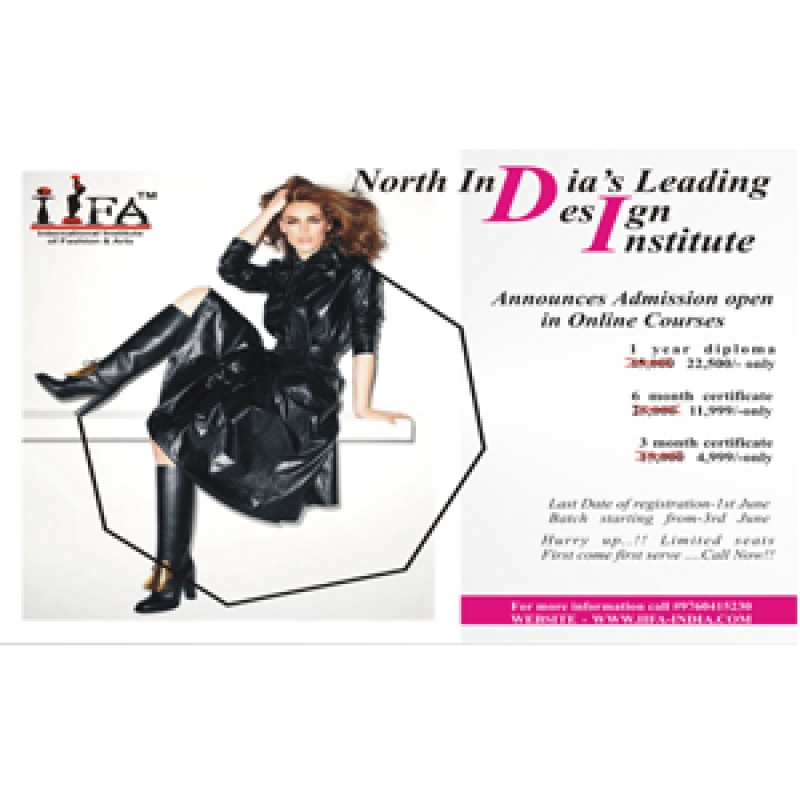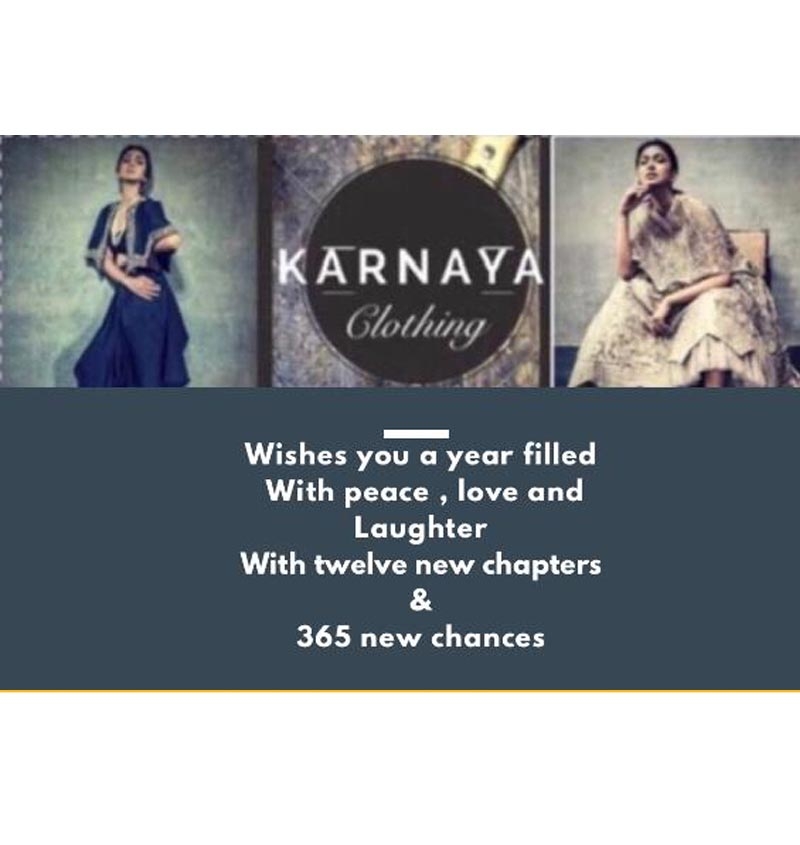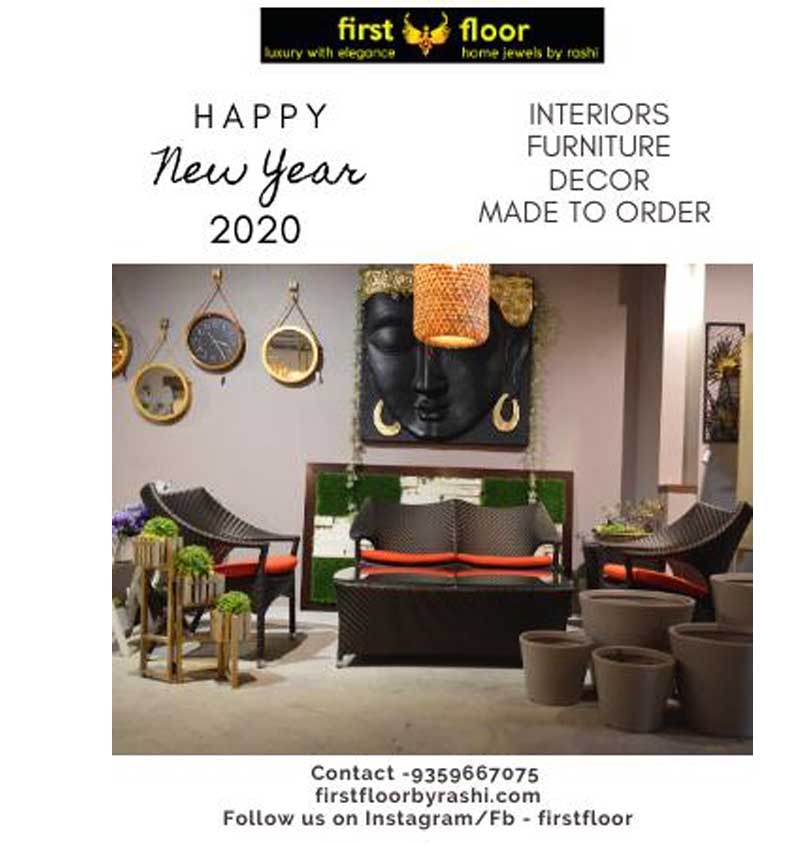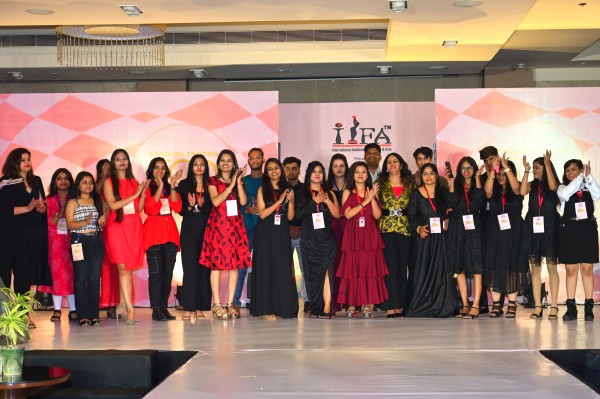The Origins of Monochrome Fashion
While monochromatic looks have existed for centuries, the modern interpretation of this trend gained significant traction in the fashion world during the 20th century. Designers like Yves Saint Laurent, who revolutionized the fashion industry with simple yet powerful styles, began incorporating monochrome designs into their collections. Over the years, the trend has evolved, influenced by art, street style, and the desire for clean aesthetics. Today, the monochromatic look is embraced by everyone from high-end designers to fashion-forward influencers and everyday fashionistas.
Why Monochrome Works
-
Simplicity Meets Elegance
One of the biggest reasons monochrome works so well is that it offers a streamlined, polished look. When you commit to one color palette, it eliminates the need for complex color matching, allowing you to focus on texture, proportion, and layering. The absence of conflicting hues makes the outfit visually clean, and the uniformity brings a sense of harmony. -
Flattering and Lengthening
Monochrome outfits can elongate the body by creating a continuous line of color. This is especially useful for those who want to appear taller or more streamlined. By sticking to a single color, the outfit can blend seamlessly, drawing attention to the overall look rather than individual pieces. -
Endless Versatility
Monochrome fashion isn’t confined to one specific color. You can experiment with various tones of the same color family to create dimension and depth. For example, pairing a dark navy blue with a lighter shade of blue can give a soft gradient effect, which adds sophistication without overwhelming the eye. Additionally, monochrome isn’t limited to neutral colors. Vibrant hues like red, green, or yellow can also make a powerful statement when styled properly. -
Easy Styling
One of the reasons why monochromatic looks are so accessible is because they make styling easier. When you choose one color, it removes the need to spend extra time coordinating different pieces. The focus shifts to finding the right textures, materials, and accessories to enhance the look. Think about mixing a leather jacket with a silk blouse, or pairing denim with knitwear—subtle contrasts in fabric textures can elevate the overall appearance without introducing a clashing color palette.
How to Rock the Monochromatic Look
-
Start with Neutral Tones
If you’re new to monochrome fashion, starting with neutral colors like black, white, beige, or gray is a safe and chic option. These shades are easy to style, and they can be dressed up or down depending on the occasion. A black-on-black ensemble, for instance, can be edgy and sophisticated, while beige can give off a relaxed, boho vibe. -
Play with Textures and Layers
When wearing a monochromatic outfit, the key to making it interesting lies in the textures and layers you choose. A combination of leather, silk, wool, and cotton fabrics can create an engaging outfit even though you’re sticking to one color. Experimenting with layering is also a great way to add dimension. A simple white blouse under a white blazer paired with white trousers looks effortlessly chic but feels complex when you consider the different layers involved. -
Use Accessories Wisely
Accessories are the best way to break up an all-monochrome look. If you're wearing a bold, all-red ensemble, for example, you could add a contrasting color to your accessories like a black belt, shoes, or a metallic handbag. Alternatively, sticking to the same color for your accessories will create an even more cohesive and striking look. -
Monochrome Doesn’t Mean One Shade
While you might think a monochromatic look means wearing the same exact shade from head to toe, it’s actually about using varying tones of one color. A softer beige paired with a rich tan or a pastel pink alongside a deeper rose can create a dynamic yet harmonious outfit. Mixing light and dark tones will add texture and sophistication without losing the essence of monochrome. -
Monochrome in Prints and Patterns
Monochromatic styling doesn’t mean you have to avoid prints and patterns. Polka dots, stripes, or florals in a single color can still maintain a cohesive monochrome effect. For example, a red floral blouse with red trousers can be paired together for a playful yet coordinated look.
Monochrome Fashion in Street Style and Celebrities
The monochrome trend has become a favorite among street style icons and celebrities alike. Stars like Victoria Beckham, Zendaya, and Harry Styles have been spotted rocking monochromatic outfits, elevating the trend to new heights. Whether it’s a head-to-toe all-white look or a bold red ensemble, celebrities are showing us how to wear monochrome in ways that are not only fashionable but also aspirational.
Street style is also a big fan of the trend, as it’s an easy way to make a statement without going overboard. The simplicity of monochrome allows for creativity in styling, with people incorporating bold accessories, layering techniques, and unique footwear to put their personal spin on the look.
Conclusion
Monochromic fashion is all about embracing simplicity, making a statement, and feeling confident in a unified color palette. Whether you’re opting for a neutral base or experimenting with a burst of color, the monochrome trend proves that less can be more. It’s easy to wear, versatile, and incredibly chic—making it a style that’s likely to remain popular for years to come. So, the next time you want to step up your fashion game, consider going monochrome for a look that’s both stylish and effortless.



















Your Message